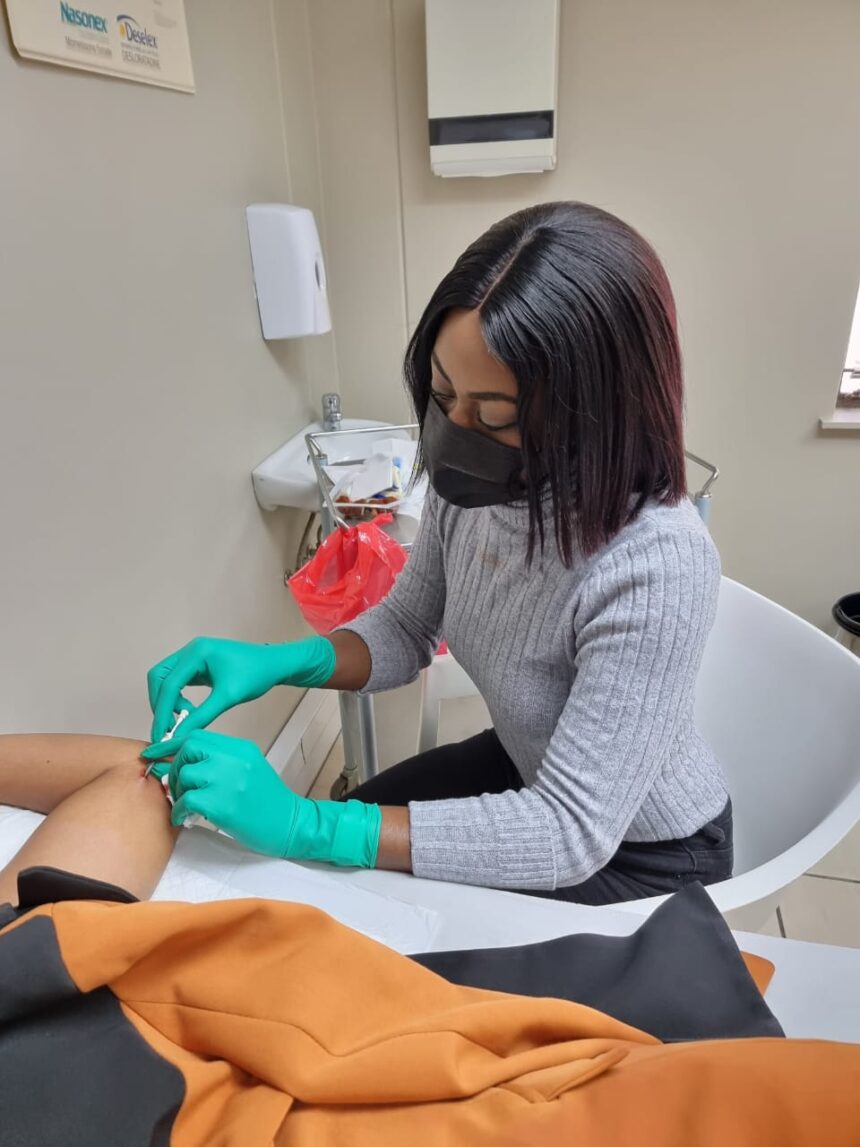Dr Esperance Luvindao
There are more than 10 different contraceptive methods and any sexually active man or woman should be adequately informed about their choices and should have any contraceptives available to them irrespective of their socioeconomic status.
When I became a medical practitioner, I quickly learnt that sexual and reproductive health in Africa will forever remain idle until healthcare workers take the first step.
The first step means talking to our patients about the options and giving them the choice without the unspoken taboo that surrounds any conversations regarding sex and reproduction in most African settings. When I first spoke to a patient about the implant, I was in medical school.
It was a learning moment for her because she could not believe that there was a contraceptive method that could last for up to three years and I could not believe that I was now in the position to educate people about such life-changing health topics. The implant, being just one out of many contraceptive methods, lasts for up to three years, meaning women do not need to remember to take a pill every day or get an injection every second or third month.
It contains a hormone called progesterone that suppresses ovulation and thickens the cervical mucous preventing sperm from penetrating and reaching the ovum to fertilise it.
Now, although this seems like an ideal contraceptive method, it is always important that healthcare workers provide adequate information for patients to make their own decisions about what they want and do not want.
Whenever your doctor gives you medication, they will warn you that you should be aware of possible side effects after starting the treatment. The implant is no exception. Some common side effects of the implant include but are not limited to: breast tenderness, headaches, bleeding in between periods, missed periods, mood changes, acne or spots.
Bleeding inconsistencies may last for up to 12 months post insertion in some women, while some women might not experience any side effects at all. It is crucial to understand that each woman is different and some may not necessarily experience all or any of the side effects mentioned above.
The implant is placed just under the skin of the inner aspect of the upper arm and is a plus-minus 10-minute procedure. The doctor uses some local anaesthesia to ensure that the patient feels no pain and then proceeds to insert the rods underneath the skin.
Once in place, the implant releases small amounts of etonogestrel (a form of progesterone). The implant is 99% effective; however, it is important to understand that the implant does not protect you from sexually transmitted infections and therefore, patients are still required to use condoms for STD protection. If inserted within the first five days of your period, protection against pregnancy is said to be immediate.
However, if the implant is inserted at any other time of the woman’s cycle, she is encouraged to use another form of contraception for a minimum of seven days post insertion.
The implant is currently going for an average of N$2 500 at private pharmacies. State patients are encouraged to visit their local health centre to find out about its availability.
*Dr Esperance Luvindao is a medical practitioner and health advocate from Windhoek.


